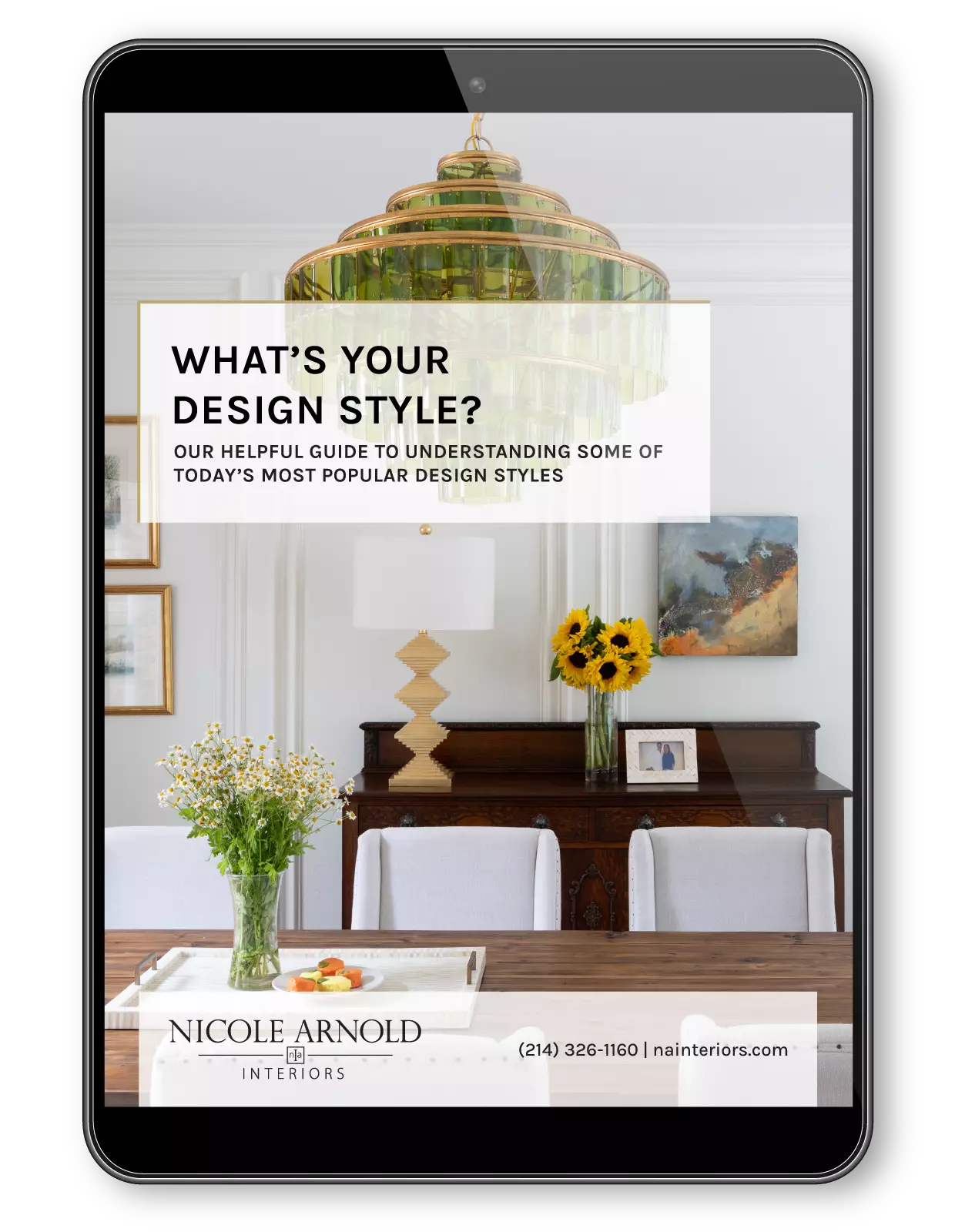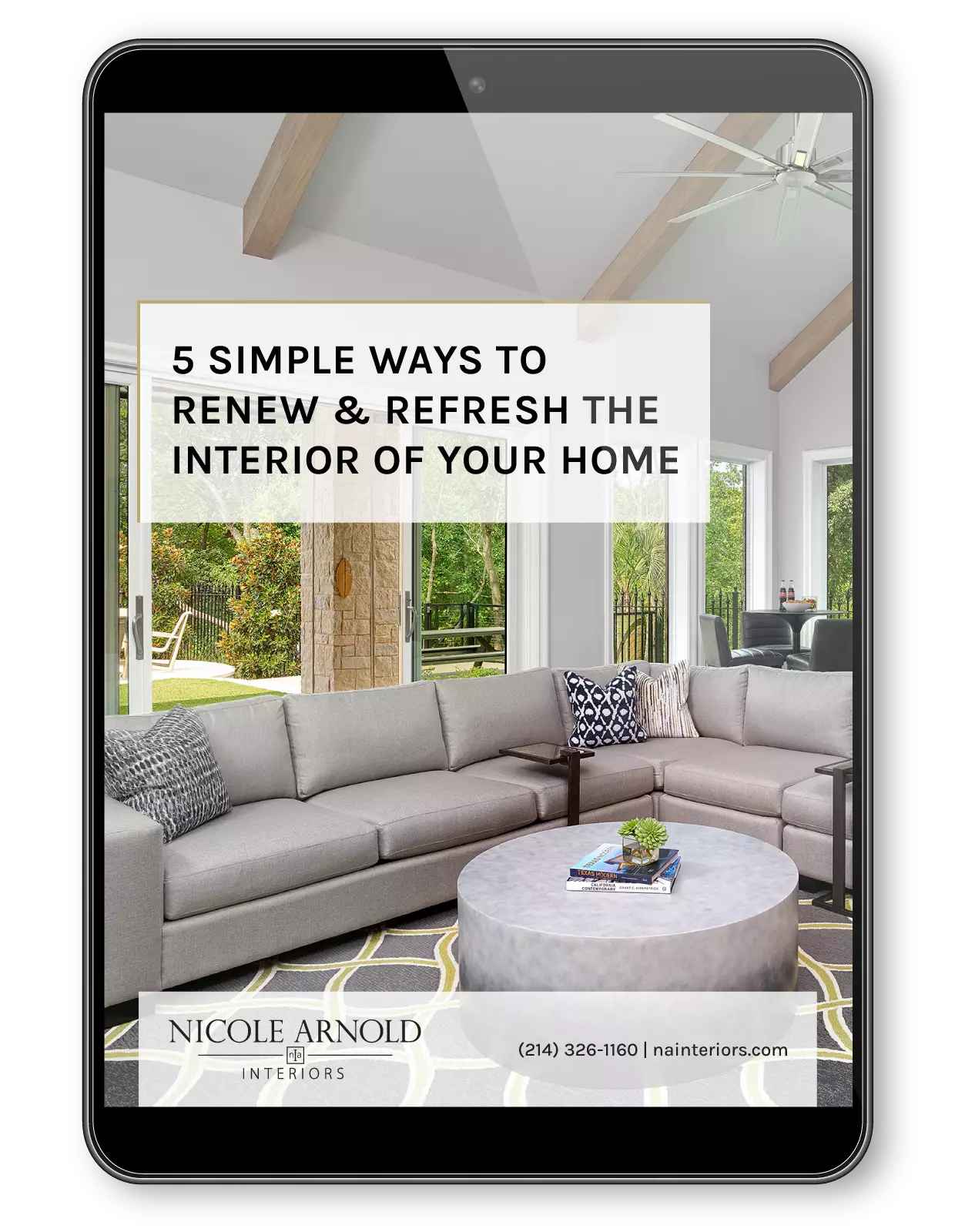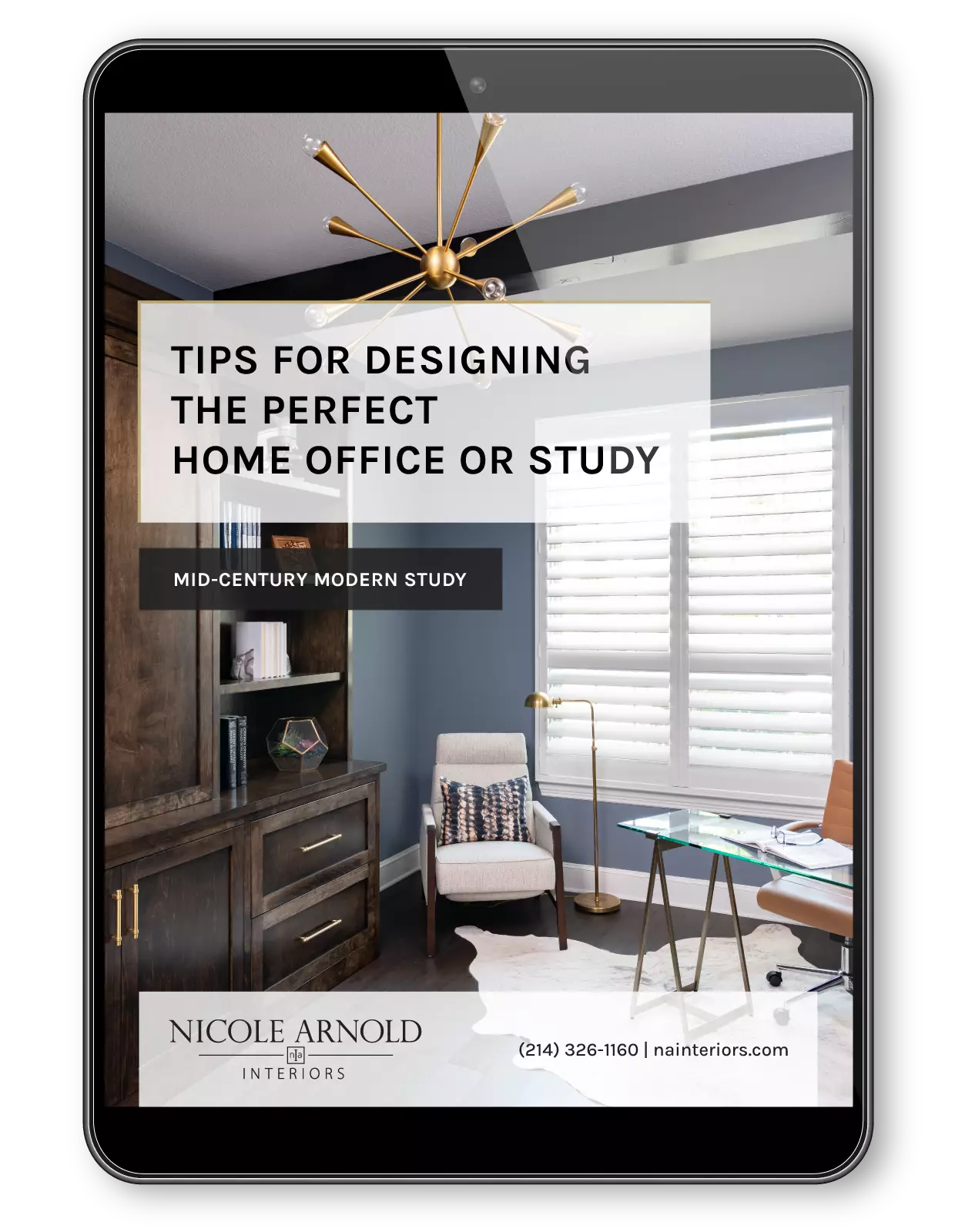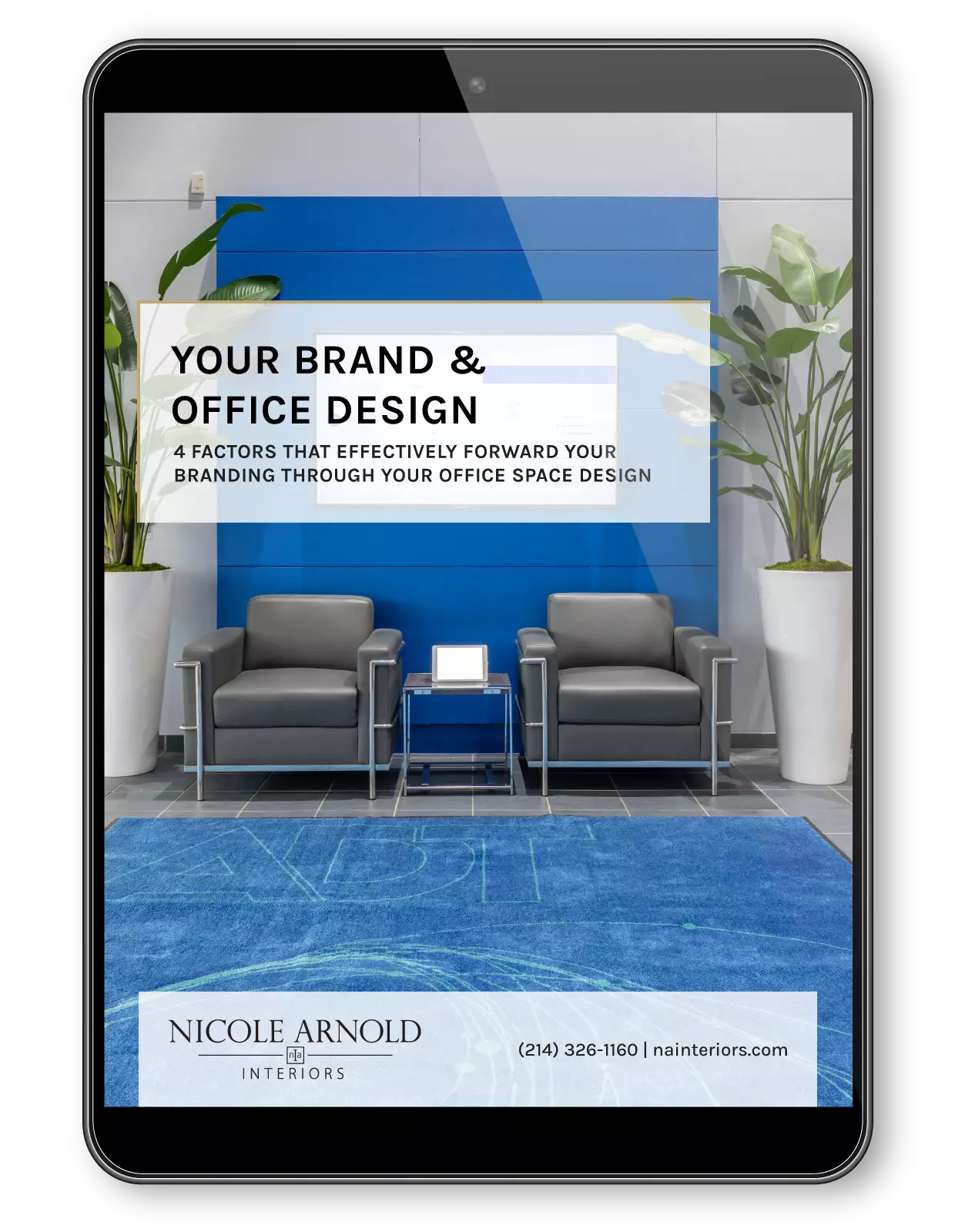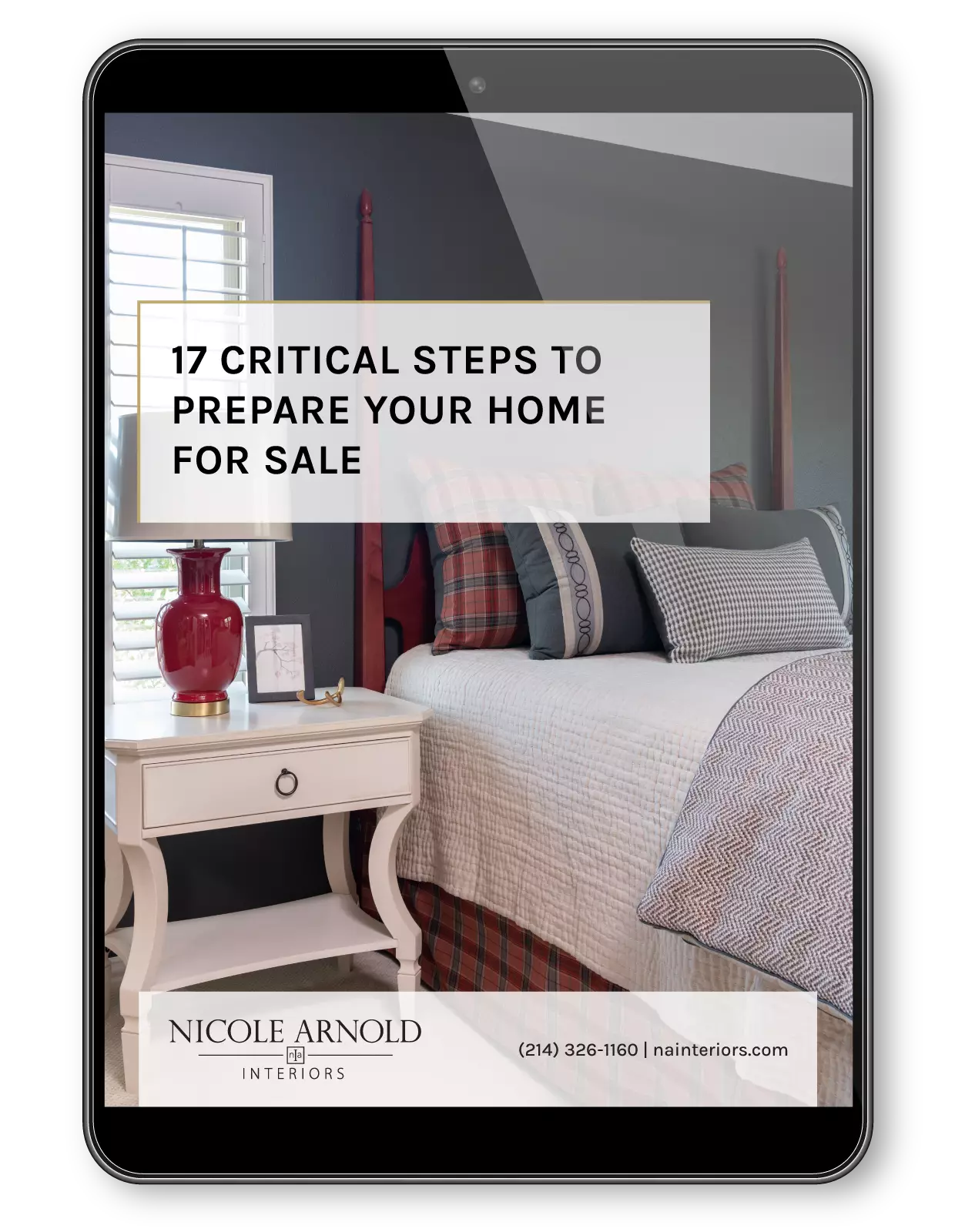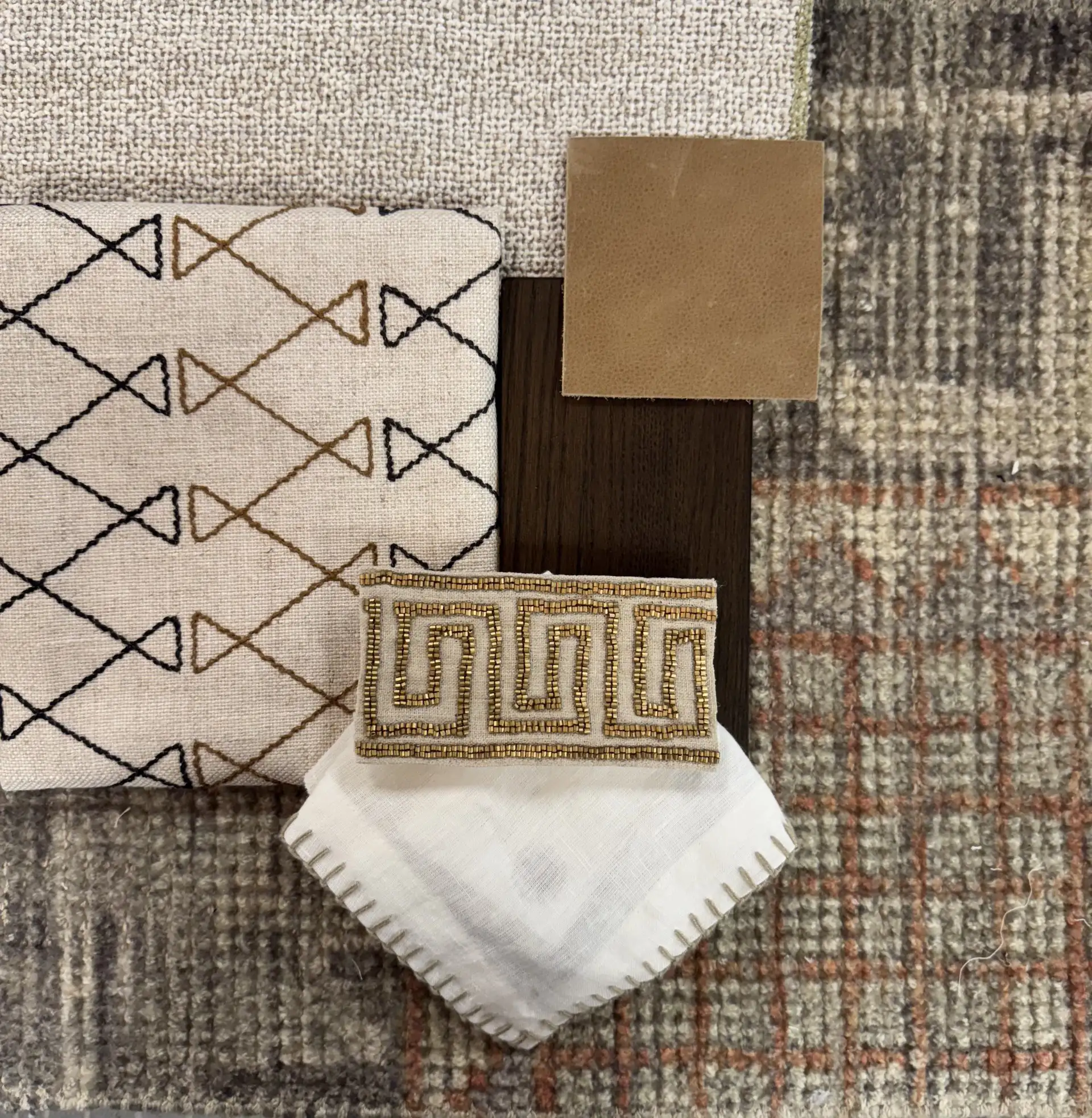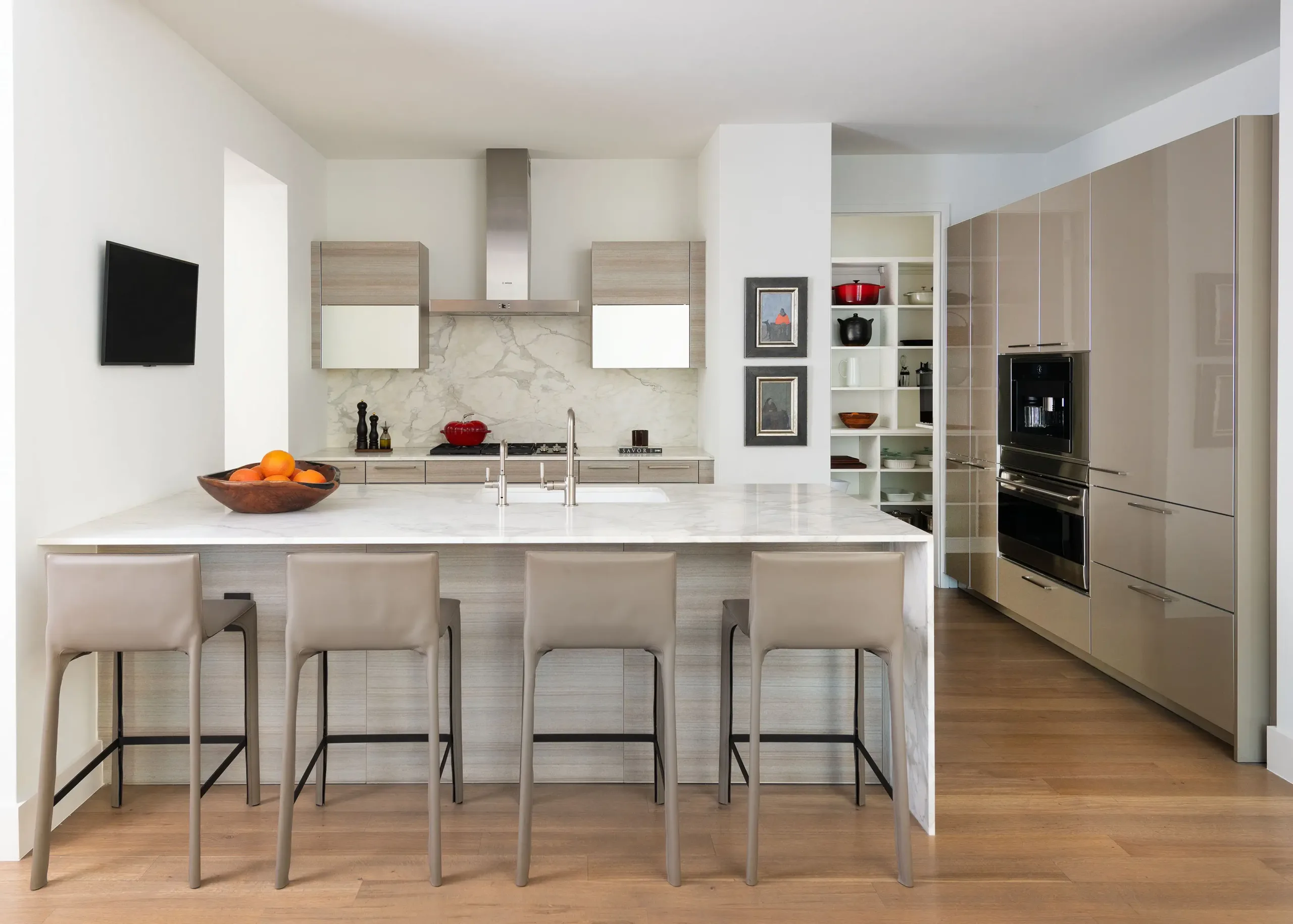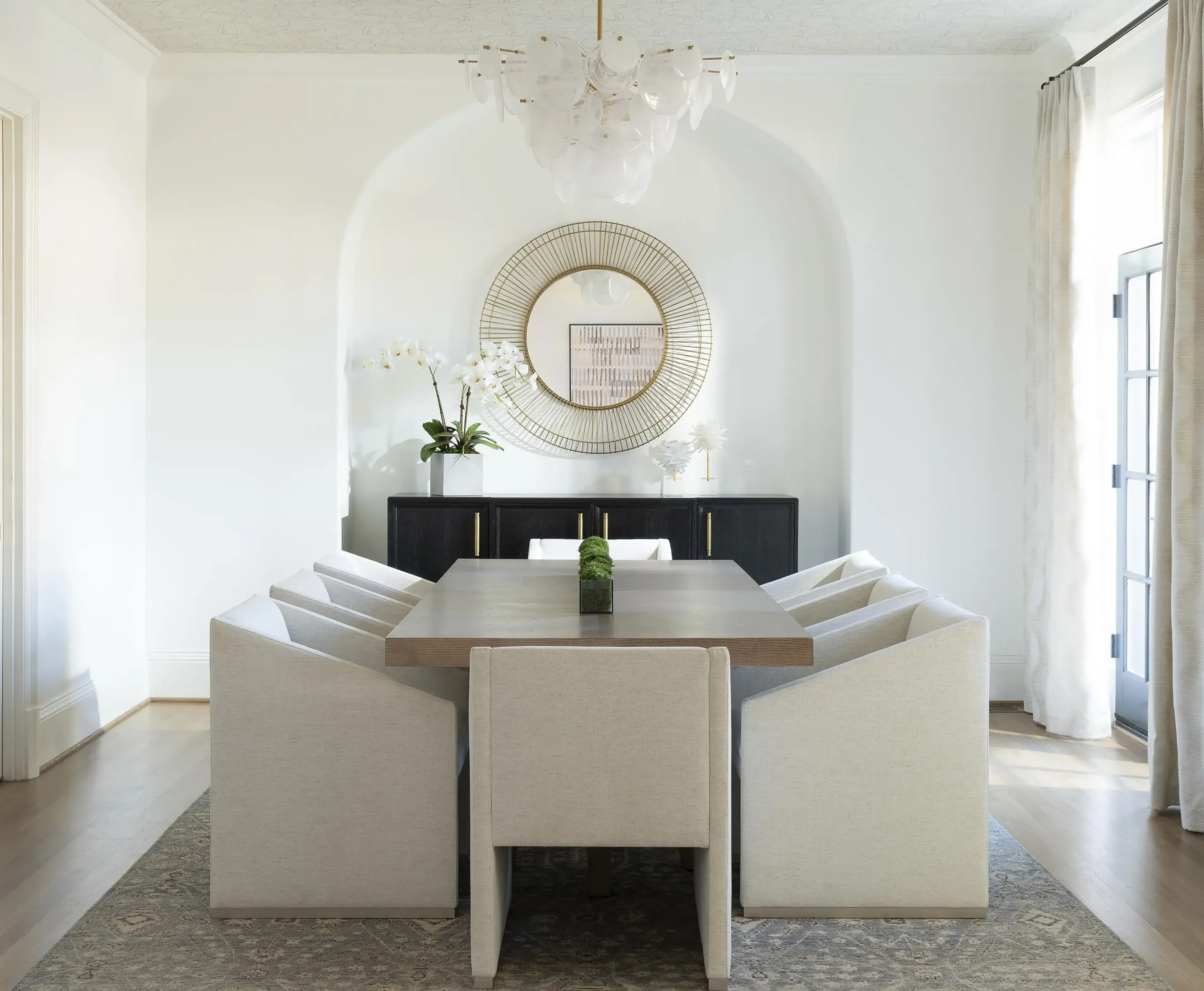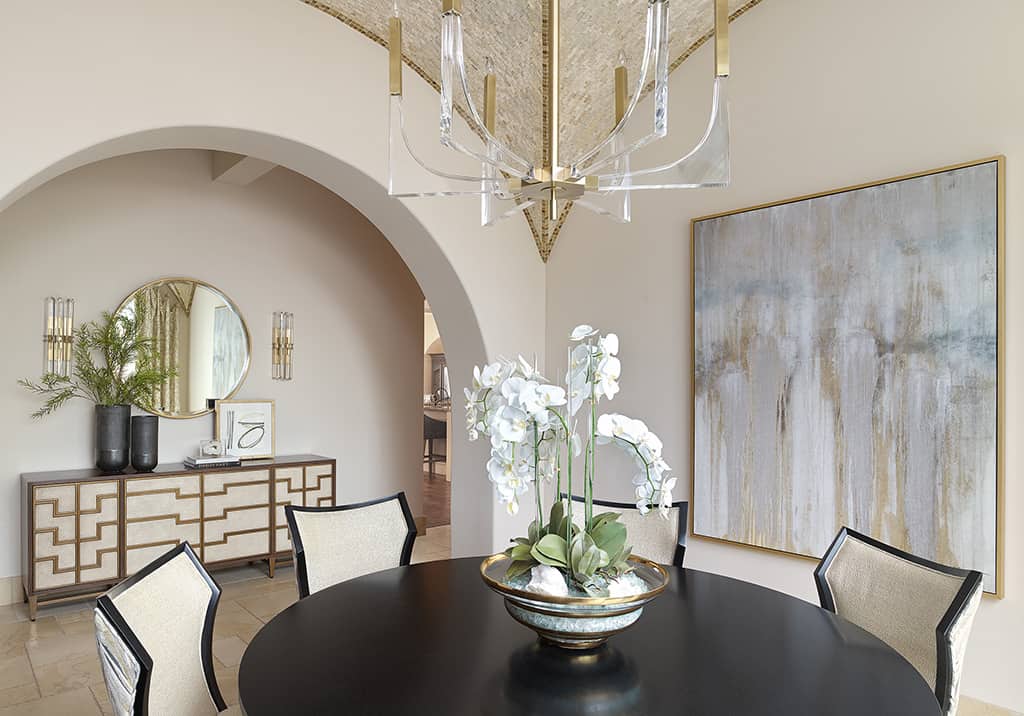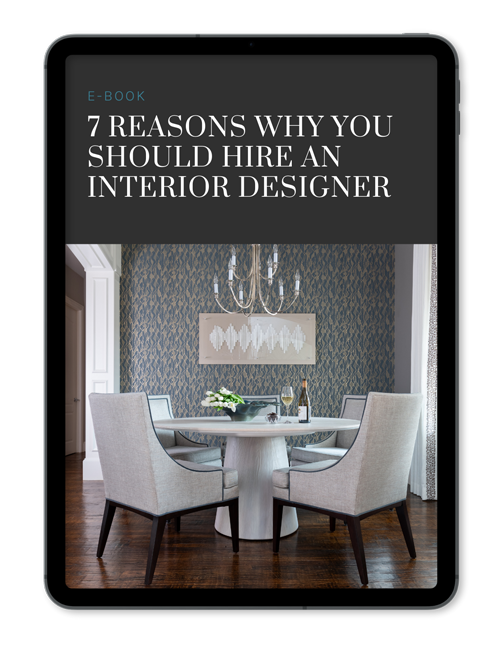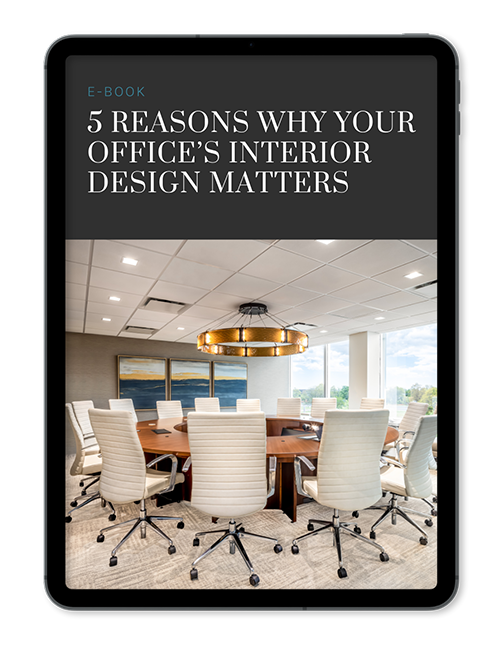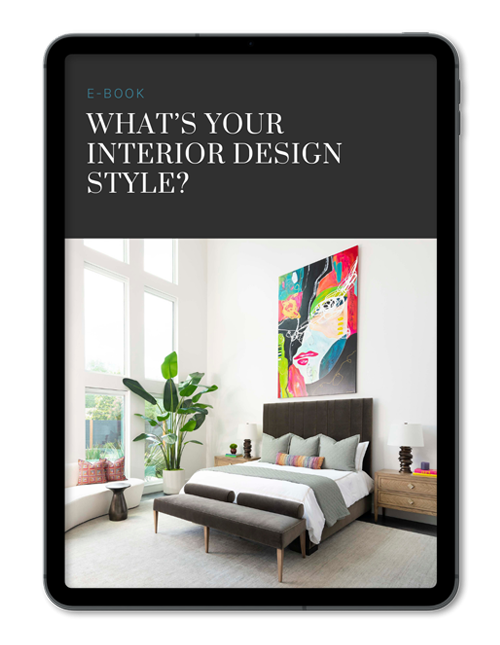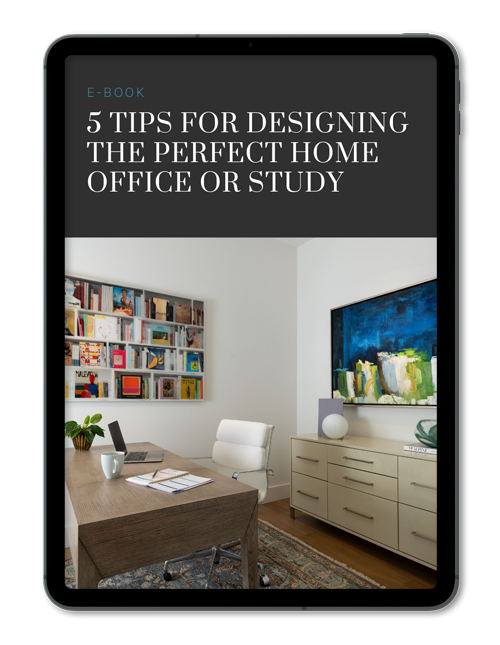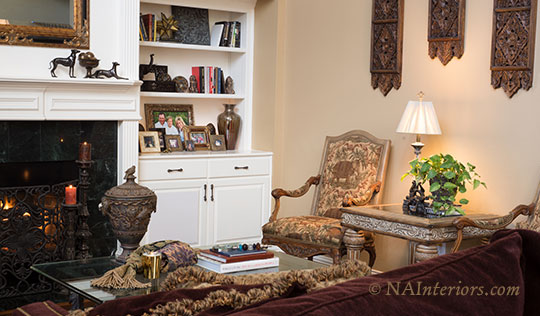
Selecting the right interior designer will ensure you have the completed design project you envisioned.
Selecting the right interior designer is a decision that will have a significant impact on the outcome of your project. There isn’t a “one size fits all” solution. You have to pick the right person for YOU. Everyone has different priorities and viewpoints. Therefore, selecting the right designer is a matter of finding a good fit both for your personality and your particular project.
To make the selection process easier, I’ve outlined some tips drawn from years of experience in the interior design industry. Here are seven things to consider to find the best match for you and your project:
1. Ensure you have a good rapport.
You will be working creatively with your designer to come up with ideas and solve problems. Therefore, it’s important to find someone you can relate to. You have to have a good rapport. This sounds simple, but can be easily overlooked. Do you communicate well with them? Do you feel comfortable? You and your designer will be working together as a team, so a good relationship is a must.
2. Do your research.
Look at the designer’s portfolio. Ask them about which areas they feel they truly excel in. Ask them about the core values of their company. Make sure this aligns with your expectations and goals. A little research will tell you a lot about what to expect.
3. Understand the process.
Every designer has a different way of approaching design projects. It is important that you understand how they work and what their overall process is. Insist on a transparent contract and clear process so that expectations can be managed well. This eliminates surprises, additional costs and misunderstandings.
4. Make sure everyone is on the same page.
It’s vital for everyone to be moving toward the same objective. Before you start, take the time to really ensure you’re being heard. Do you feel they truly “get” you? Do you feel like they understand your goals and your vision? If they understand where you’re trying to go, they can help you get there.
5. Don’t avoid the elephant in the room.
It’s important to ask the tough questions. Ask what types of things could go wrong on a project like yours. Find out what problems you might encounter and what the solutions would be. If you discuss the possible issues that might arise, you’ll be prepared for them and can make plans to mitigate “bumps”—or avoid them altogether.
6. Ensure they have an organized process.
No matter who you select, it’s important to ensure they have an organized process. Do they use initial questionnaires to discover your needs and vision for the project? Can they tell you the basic steps they take to complete a project? Do they have methods of tracking clients and projects as things progress? Disorganization is a red flag that indicates you may encounter trouble later in the project.
7. Invest the time in the beginning.
Selecting a designer can be like establishing a long-term relationship. You want to find someone you can really hook arms with. Therefore, it is far better to invest the time upfront to get to know them than be surprised later on. This is truly a case where an ounce of prevention is worth a pound of cure.
8. Understand that things can go wrong despite everyone’s best efforts.
It’s not a perfect world. No matter what measures you put in place to avoid pitfalls, things go wrong. There may be a miscommunication here and there. Perhaps an objective won’t get addressed exactly as intended. It’s important to realize that everyone is human. You and your designer are on a journey and are both in it together to achieve your goals. If you’ve picked the right person at the beginning, you’ll be able to work together to overcome the minor obstacles that inevitably crop up.


